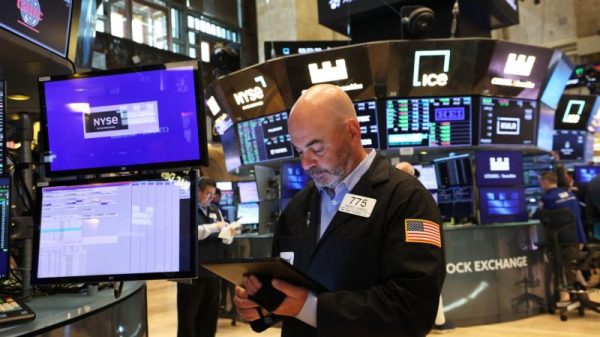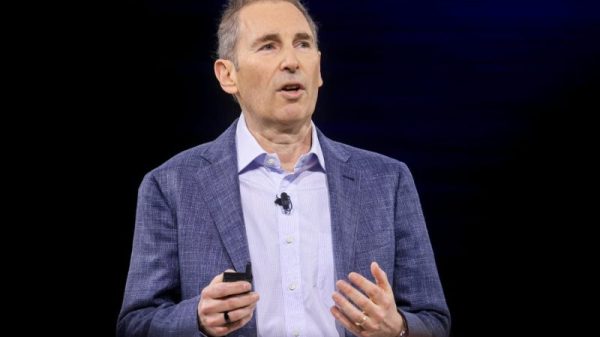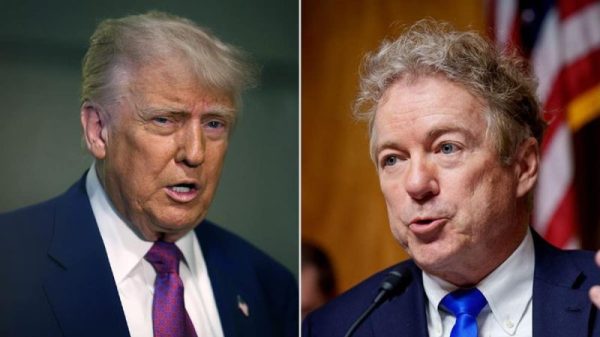Sen. Harry Lane (D-Ore.) died on May 23, 1917. On Oct. 21, Sen. Paul Husting (D-Wis.) died. Then, on Christmas Eve, Sen. Francis Newlands (D-Nev.).
Less than a month later, James Brady died. Two weeks after that, William Hughes. Then, before the year was out, Robert Broussard, William Stone, Benjamin Tillman, Jacob Gallinger and, on Aug. 28, 1918, Sen. Ollie James (D-Ky.).
That’s 10 sitting senators who died in office, all in the 65th Congress. This was before the admission of Alaska and Hawaii, so it was 10 of 96 senators, more than 10 percent of the total. And while this toll was exceptional, it wasn’t an aberration. An average of six senators died during each two-year period in the 58th to 62nd Congresses.
This is no longer common. The death of Sen. Dianne Feinstein (D-Calif.) on Friday marked the first death of a senator in office since the passing of Sen. John McCain (R-Ariz.) in 2018, according to the Senate historian. Before that, the most recent such death was that of Sen. Frank Lautenberg (D-N.J.) in 2013. In other words, over the past 10 years, only Feinstein and McCain have died in office.
Data on Senate deaths in office shows that the period from about the 50th to 90th Congresses was particularly deadly for sitting senators.
The recent infrequency of deaths overlaps with a period during which the Senate is also historically old, as data we compiled earlier this year from The @UnitedStates Project demonstrates. An older Senate, but fewer deaths.
At the time when the number of deaths of sitting senators was unusually high, you’ll notice, the average age of the Senate was also at a historic high. For much of that period, the average age of the Senate was in the mid-50s.
During that same period, though, life expectancies were climbing. Americans began living longer, a function of improved nutrition and, of course, better medical treatments and preventive care. This is a central reason the Senate is unusually old at the moment: Americans are living longer, including incumbent senators.
There’s another factor at play here, too. If we contrast the average number of deaths over three Congresses with the life expectancy from birth in the United States, we see that the drop in deaths was centered in the period from about 1953 to 1973 — a period during which the average age of the Senate also fell from 55 to 53. By 1981, it was down to 50.
There’s an overlapping factor here: the United States’ post-World-War-II economic expansion. This was a driving factor in the baby boom, the oldest members of which started turning 30 (the minimum age to serve in the Senate) in 1976. (The first baby boomer to be elected to the Senate was Don Nickles, in 1981.) Over the 40-year period from the start of World War II until 1981, the life expectancy of Americans at birth rose by 10 years.
It’s also worth noting that the Senate made another important change in that particularly deadly era: appointing a physician who would attend to the senators’ health. The first was George Calver, who quickly warned his charges against the perils of overwork and to limit their late-evening social activities.
How much credit Calver and his successors deserve relative to broader trends can certainly be debated. The good news is that Senate deaths are now relatively rare. In the past 10 years, they’ve been limited to two of the oldest members of the unusually aged chamber.







































